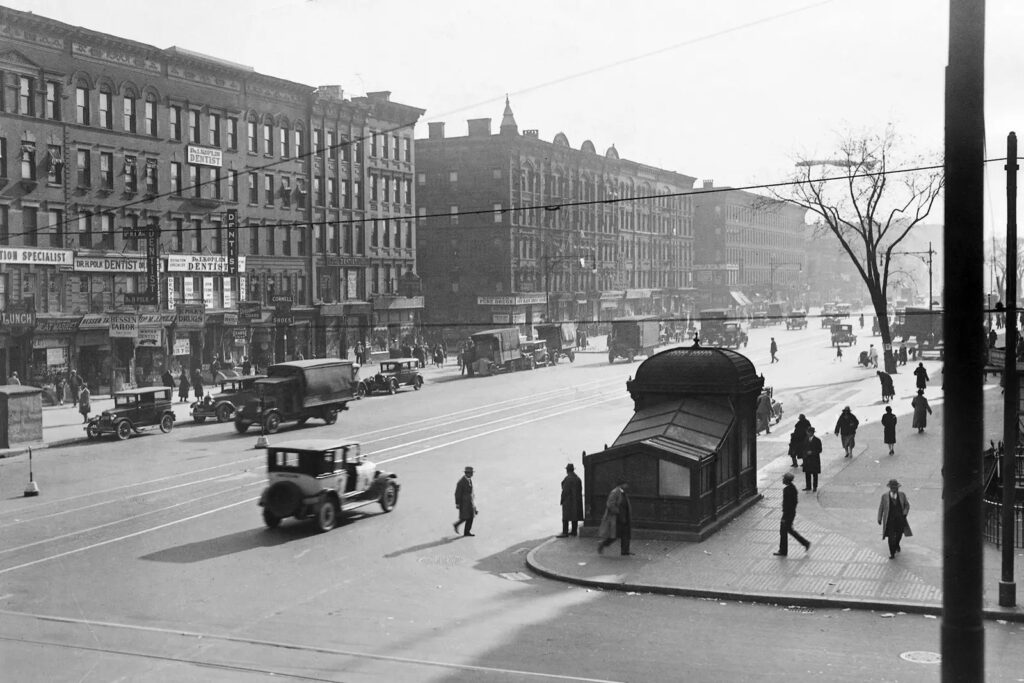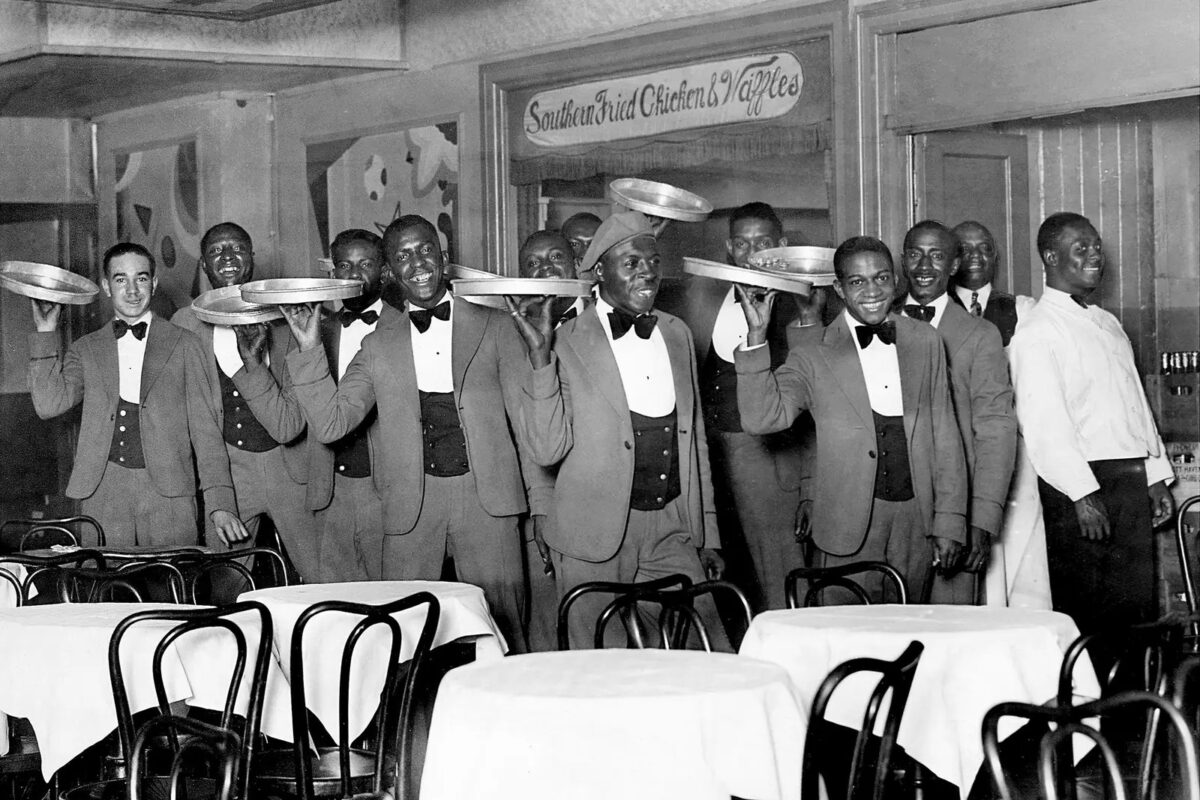For the Bowery Boys episode number 450, we’re looking at the glamour and mystery of Harlem during the 1920s, a decade when the predominantly black neighborhood, in the words of Langston Hughes, “was in vogue.”
This year marks the 100th anniversary of Alain Locke’s classic essay “The New Negro” and the literary anthology featuring the work of Langston Hughes, Zora Neale Hurston, Countee Cullen and other significant black writers of the day.
The rising artistic scene would soon be known as the Harlem Renaissance, one of the most important cultural movements in American history.
And centered within America’s largest black neighborhood — Harlem, the “great black city,” as described by Wallace Thurman, with a rising population and growing political and cultural influence.
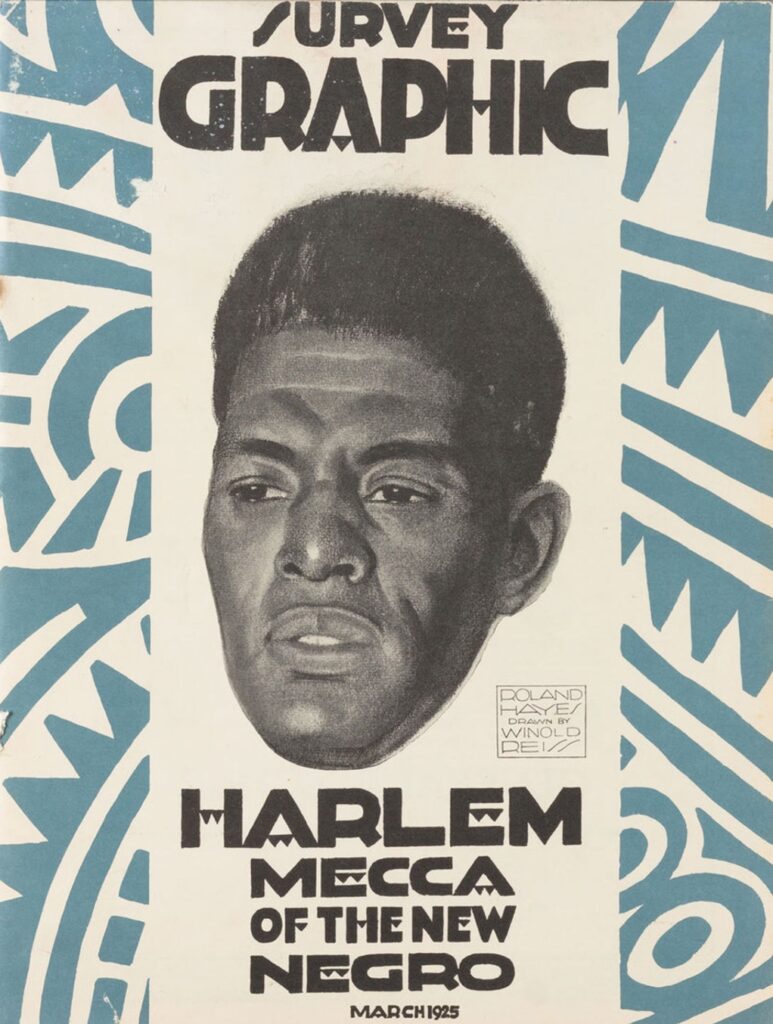
And during the 1920s, Harlem became even more. Along “Swing Street” and Lenox Avenue, nightclubs and speakeasies gave birth to American music and fostered great musical talents like Count Basie, Billie Holiday and Duke Ellington.
Ballrooms like the Savoy and the Alhambra helped turn Harlem into a destination for adventure and romance.
While Harlem was truly the largest and most prominent African-American neighborhood in America, it was still tied to — and even reliant upon — the white New Yorkers who became fascinated by black culture. Many Harlem nightclubs (notably The Cotton Club) were not open to the black residents who lived around them.
What were these two worlds like — the literary salons and the nightclubs? How removed were these spheres from the every day lives of regular Harlem residents? How did the neighborhood develop both an energetic and raucous music scene and a diverse number of churches — many (like the Abyssinian Baptist Church) still around today?
FEATURING the stories of Sugar Hill, the Dunbar Apartments, and Hamilton Club Lodge Ball
PLUS lots of great music!
LISTEN TODAY: HARLEM IN THE JAZZ AGE
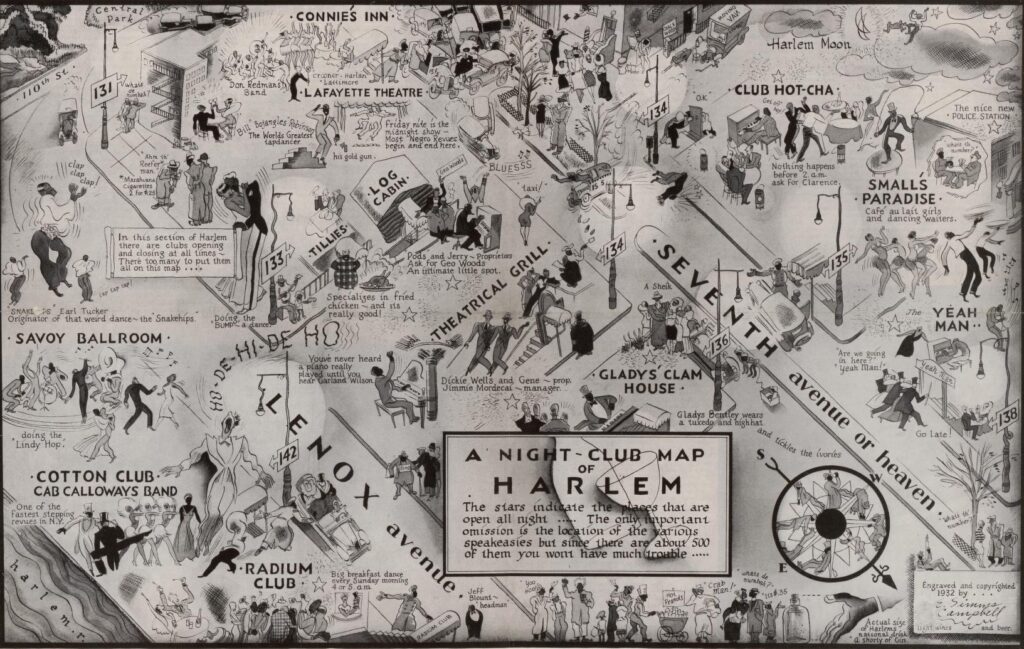
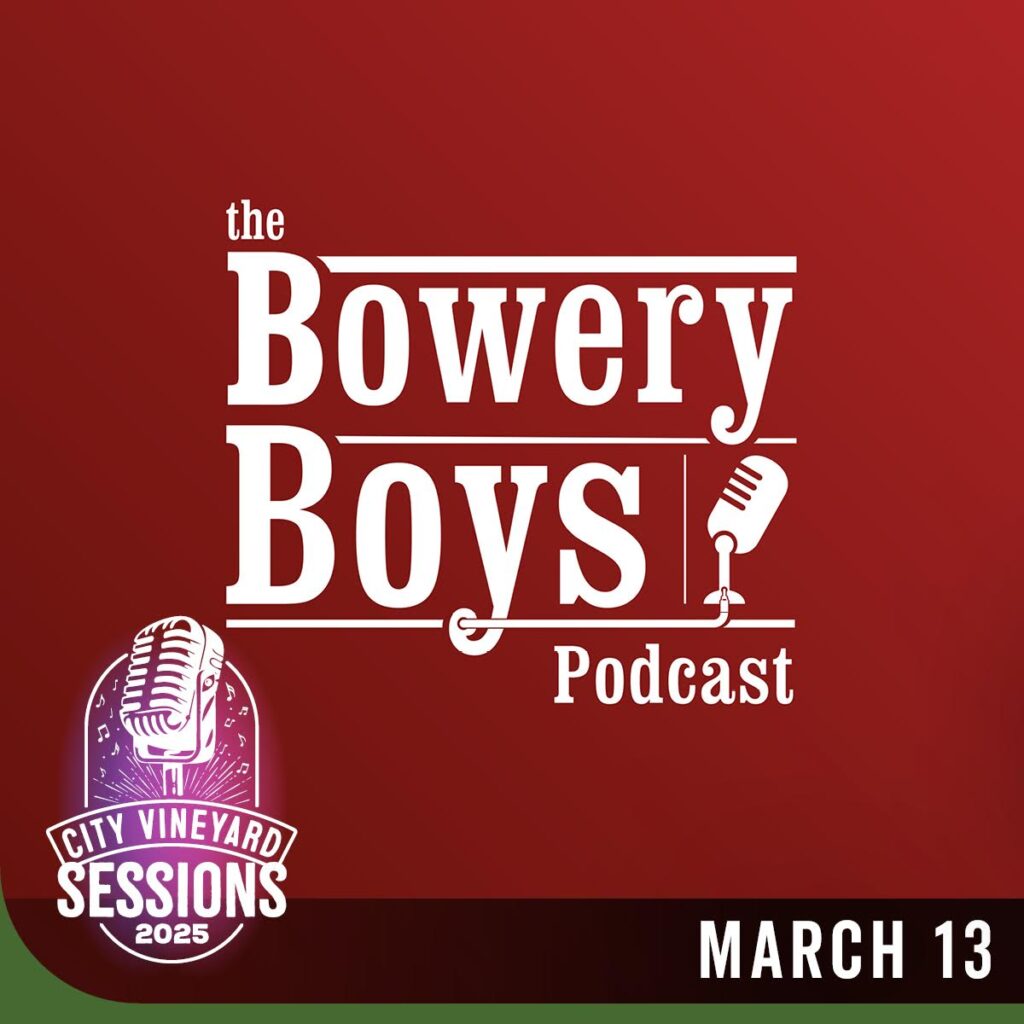
Get tickets to our March 31 City Vineyard event Bowery Boys HISTORY LIVE! here
And join us for our Gilded Age Weekend in New York, May 29-June 1, 2025. More info here.
